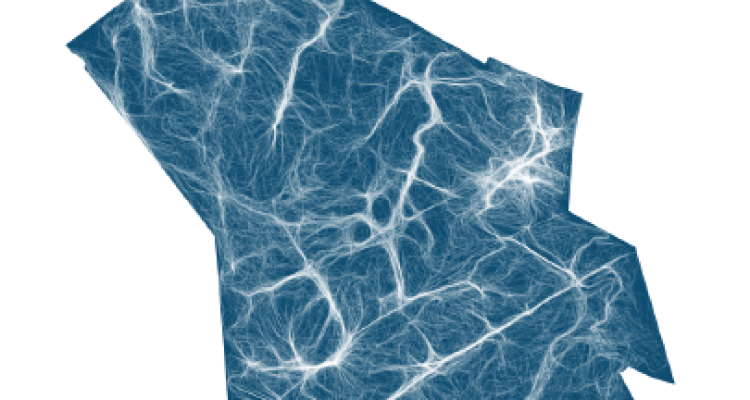
Colloquium
The effect of roads and traffic on African savanna elephants in a fenced reserve
by Matthew Needle
Abstract
Human pressure caused by resource exploitation is likely to confine many species to protected areas globally. The financial viability of such areas is often dependent on wildlife tourism which can cause significant disturbance and can severely modify animals’ energy landscapes. Energy depletion is accelerated due to stress responses; meanwhile, opportunities for feeding and rest are reduced. Often when disturbance is spatially unavoidable, animals adjust their activity temporally. In protected areas in sub-Saharan Africa, African Savanna elephants (Loxodonta africana) often use roads to optimally traverse their energy landscape. Elephants, often the principal attraction for wildlife tourists on game-viewing drives, can become stressed during interactions with vehicles, which can cause them to become aggressive. To ensure the welfare of elephants and the safety of humans and thereby protect the economic viability of protected areas, it is important recognise the spatiotemporal potential for Elephant-Human Interactions as well as refuge areas where elephants are allowed to rest, free of disturbance. To test whether elephants temporally adjust their activity to avoid traffic on roads in a protected area, GNSS tracking data from eight collared elephants were analysed alongside GNSS observations from 186 loggers installed in vehicles. The study site, Welgevonden Game reserve, is a 370 km2 fenced protected area in South Africa. The reserve has a dense road network often corresponding with the bottoms of steep river valleys in the mountainous terrain. Traffic intensity was estimated for the entire road network and was found to be unaffected by seasonality. A Hidden Markov Model was used to infer behavioural states pertaining to the elephants’ movements. Due to vastly different resource requirements, males (often solitary) and females (the matriarchs of herds) were analysed separately, and comparisons were made between the wet and dry seasons. Encamped behaviour, indicating rest, was associated with refuge areas away from roads, whereas transit behaviour was correlated with proximity to the road network. Contrary to expectations drawn from existing literature, the elephants in WGR did not exhibit a clear avoidance of traffic. They were closest to roads in the late afternoon, which coincided with a period of peak traffic intensity. Importantly, the proximity to roads was found not to be solely coincidental with the proximity to valley bottoms. Evidence suggested that river valleys were used for thermoregulation, whereas in the evening roads provided a low-cost route to higher elevation refuge areas utilised for rest overnight. It remains unclear whether the elephants were unfazed by the intensity of traffic, or whether they were forced to use the roads due to constraints imposed by the reserve’s infrastructure. However, the identification of sites of potential Elephant-Human interactions on the road network and the recognition of refuging behaviour away from roads are important implications for management decision-making.